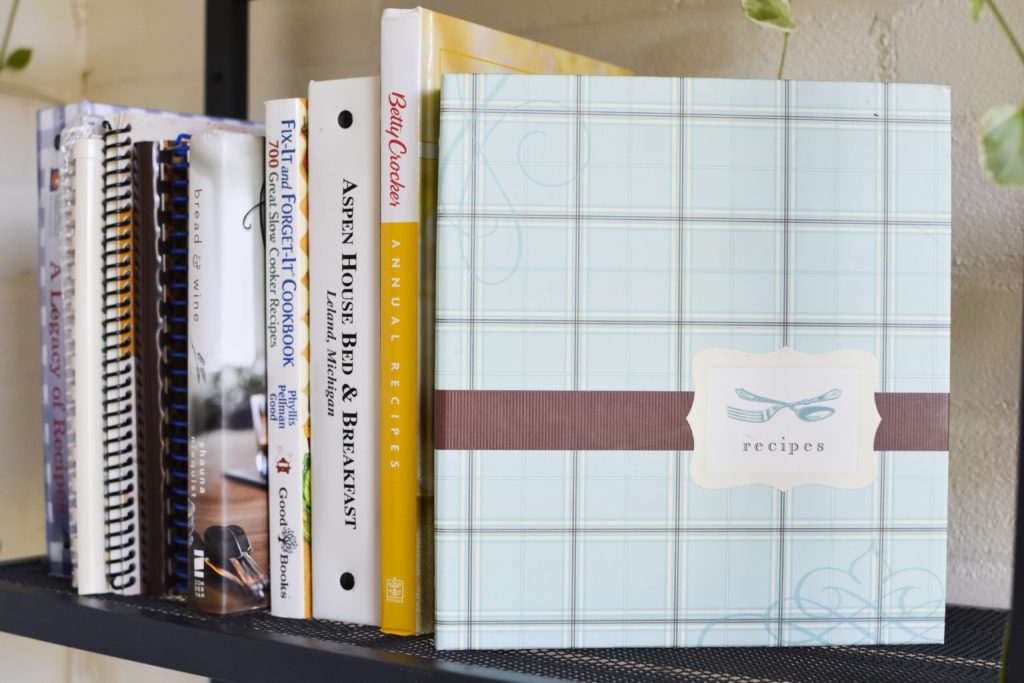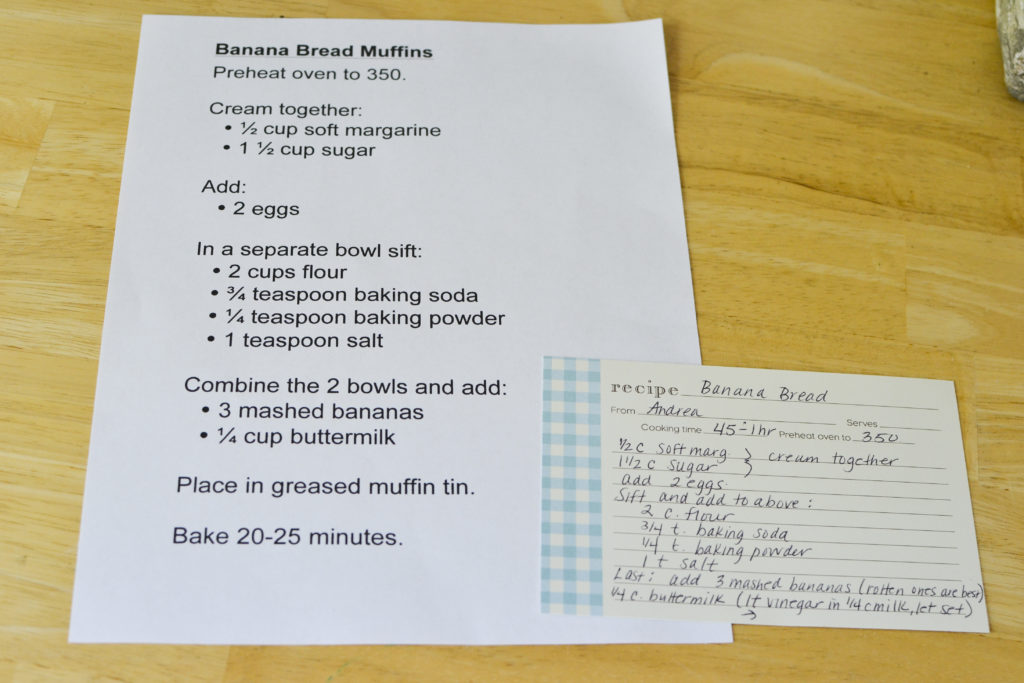
The Functional Toolbox posts explore how we could use functional, real-life items in speech therapy, to exercise language or cognitive skills, or practice strategies that improve function. Some patients have a negative reaction to worksheets, so using functional, tangible items is another vehicle we can use to target patient-centered goals or strategies.

Food is central to community for many people: Talking about food, sharing recipes, or trying something new can be a source of joy! I worked with a woman this year who absolutely loved to cook, but could not fully participate due to brain cancer. She inspired me to use cookbooks or recipes as part of our session (see Sample Therapy Ideas below). In addition, we tailored her home program by having her find recipes, explain or recall instructions for cooking, pull out the ingredients for dinner, and explain family heirloom recipes to her daughter.

A little creativity or adaptation could help someone meet their goal to be involved in something they love! Here’s an example of a re-written recipe to make it easier for someone to read, comprehend, and pay attention to various steps:
I hope these ideas are useful or help you easily target a person-centered goal using a relevant topic! If you would like other ideas like this, please check out my Home Sweet Home Series.
| To Target Strategies or Skills in This Area: | The Patient Could Do This: |
| Verbal Expression | *Name categories, recipe names, or ingredients needed *Explain steps required to prepare a recipe *Describe differences in preparation methods, ingredients, health benefits of recipes |
| Written Expression | *Write sentence directions for a favorite or quick recipe. *Re-write recipes to simplify instructions *Write a menu proposal for summer or winter dinner party, including rationale for menu choices |
| Auditory Comprehension | *Use recipe instructions to check comprehension across xx-step directions *Practice using strategies such as note-taking to enhance comprehension. |
| Reading Comprehension | *Locate specific information within cookbook (add pictures to assist as needed) *Re-write/enlarge recipes to simplify or improve comprehension *Use cookbook to select multiple recipes and plan ingredient list and order of cooking events for week, meal, or dinner party |
| Motor Speech | *Challenge ability to carry-over motor speech strategy or skill while reading or explaining recipe to someone else |
| Attention | *Sustain attention: Count or name food categories, write down list of ingredients or grocery list, locate/find a particular recipe using index *Divide attention: Do above task while also listening to unrelated story or information |
| Memory | *Short-term recall for recipe ingredients or instructions (immediate or delayed), can add multiple units of info to increase complexity. |
| Thought Organization | *Organize a list of ingredients across one to multiple recipes, plan for 1 meal or multiple days *Organize a detailed timed itinerary of steps to prepare a multi-recipe meal |
| Problem-Solving / Reasoning | *Find recipes that can use up 3 items in your pantry *Determine all solutions for recipes that satisfy likes/dislikes or allergy needs for certain people |
| Executive Function | *Evaluate strategy success during task or planning how to adapt strategies for new situation. *Plan home program task that could be a similar challenge |
| Pragmatics | *Use appropriate eye contact, facial expression, gestures for presentation. |